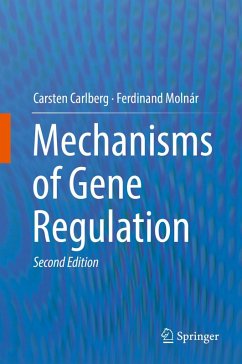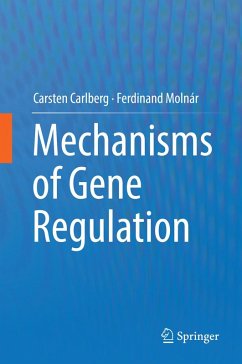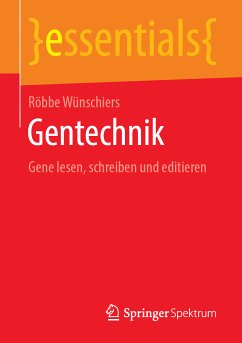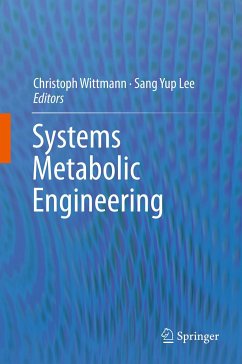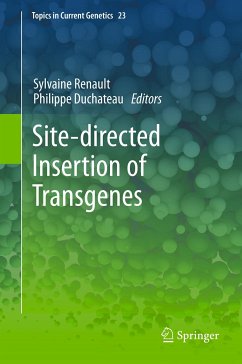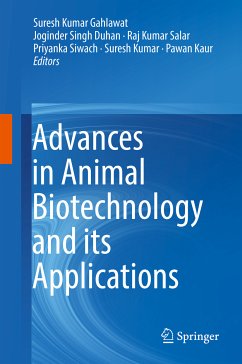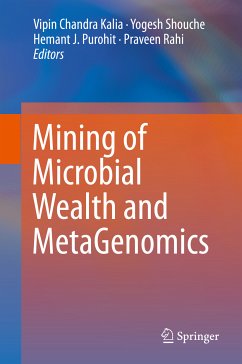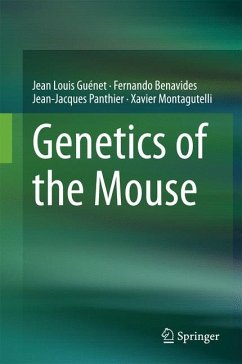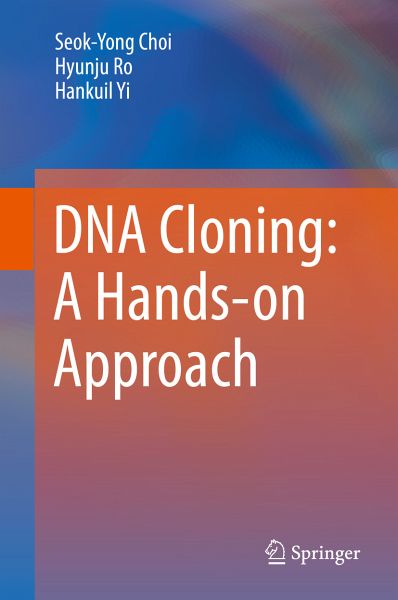
DNA Cloning: A Hands-on Approach (eBook, PDF)
Versandkostenfrei!
Sofort per Download lieferbar
112,95 €
inkl. MwSt.
Weitere Ausgaben:

PAYBACK Punkte
56 °P sammeln!
This book offers step-by-step instruction on DNA cloning, defined as moving genes around plasmids, mutating genes, or mining new genes. The aim is to provide those new to the field with reliable and up-to-date practical guidance while at the same time conveying the scope for creativity. After a brief synopsis of the history of cloning, the fundamentals and prerequisites are explained, covering, for example, software, vectors commonly used in the lab, appropriate choice of restriction endonucleases, the preparation of agarose gels, competent cells, and LB agar plates, and procedures to be follo...
This book offers step-by-step instruction on DNA cloning, defined as moving genes around plasmids, mutating genes, or mining new genes. The aim is to provide those new to the field with reliable and up-to-date practical guidance while at the same time conveying the scope for creativity. After a brief synopsis of the history of cloning, the fundamentals and prerequisites are explained, covering, for example, software, vectors commonly used in the lab, appropriate choice of restriction endonucleases, the preparation of agarose gels, competent cells, and LB agar plates, and procedures to be followed upon receipt of new plasmids. The remainder of the book is devoted to the clear description of methods and individual steps in cloning. Guidance is provided on the cut and paste method, DNA sequencing, direct sequencing, primer design, PCR-based gene insertion and deletion, epitope tag insertion, the use of RACE technology, BAC recombineering, and much, much more. Sources of error and a variety of techniques that make life considerably easier when cloning are also examined in detail.
Dieser Download kann aus rechtlichen Gründen nur mit Rechnungsadresse in A, B, BG, CY, CZ, D, DK, EW, E, FIN, F, GR, HR, H, IRL, I, LT, L, LR, M, NL, PL, P, R, S, SLO, SK ausgeliefert werden.
Alle Preise in Euro und inkl. der gesetzl. MwSt. | Innerhalb Deutschlands liefern wir preisgebundene Bücher versandkostenfrei. Weitere Informationen: bitte hier klicken
Support
Bitte wähle dein Anliegen aus:
Rechnungen
Bestellstatus
Retourenschein
Storno



